Quote of the day:
“Beauty is eternity gazing at itself in a mirror.
But you are the eternity and you are the mirror.” — Kahlil Gibran
Thursday I went to Monticello to see the trumpeter swans that congregate on the Mississippi River downriver from the power plant.
As soon as I opened the car door I could hear the cacophony of honking coming from the river. It makes me smile every time I think about it. Such a glorious rowdy noise!
Here is a video I shot of the swans so that you can hear their joyful noise:
Trumpeter swans are the largest water birds in America. Weighing in at 15 – 30 pounds with a wing span of 6 to 8 feet, these birds are magnificent!
From 1894 to 1966 trumpeter swans weren’t seen in Minnesota. By 1930, they were thought to have vanished from the entire United States. Then a few nests were found near hot springs in a remote part of Yellowstone. More nests were found in Alaska in the 1950s.
in the mid-1980’s, Minnesota was the first state to collect eggs from the Alaska nests in a swan restoration effort funded by taxpayer contributions from the state income tax form “chickadee checkoff.” Now over 2000 trumpeter swans live in Minnesota, a conservation success story that benefits us all.
The first swans showed up in Monticello in the winter of 1986, as the late Sheila Lawrence was feeding the ducks and geese in the yard of her riverside home. They appreciated her hospitality, and every year more came, first by the dozens, then by the hundreds.
For over 20 years the Sheila Lawrence fed the swans daily and kept records noting the band numbers of birds that she saw. When she died in 2010, her husband took over the daily feeding duties. It’s quite a job!
You can see a DNR Video of Sheila Lawrence, “The Swan Lady,” talking about her love for the swans HERE
Now, more than 2,000 trumpeter swans winter around Monticello, the highest concentration east of the Rocky Mountains. Each day, half of them have dinner at the Lawrence house, consuming 1,600 to 2,000 pounds of corn (with a little help from ducks and geese).
The warm water from the power plant keeps the water open all winter.
Ideally, Minnesota’s swans would resume previous migration patterns and head south for the winter. But many of those that did migrate were shot, and others have found habitat near locks, dams and power plants that didn’t exist 200 years ago.
Gliding on the mist-covered river, the swans are beautiful and magnificent.
I could stand and watch them forever if it weren’t so cold!
This little park overlooking the Mississippi River is a popular spot for photographers. There were 5 of us there the day I went. When I arrived I was the only one there and I reveled in gazing at the swans, listening to their honking, and watching more and more swans arrive for the daily feeding at 10:30 AM.
I met one photographer whose primary passion in photography was photographing swans. She told me about going out in the bitterly cold 24 degree below zero wind chill last weekend to photograph swans on the St. Croix river. She stayed out until her camera lens froze up and would no longer move to focus. That’s passion for you! She said, “I wait all year for this time of year when the swans congregate. It’s what I love!”
As the minutes ticked off to feeding time at 10:30, it seemed to me that the honking, jostling, and wing displays increased. More and more swans arrived every minute. Watching their graceful flight and landings was a sight to behold.
After standing outside in the cold until my feet were numbing, feeding time finally arrived. I was amazed that the heads of the birds standing next to Mr. Lawrence were chest-high.
If you haven’t been there yet, add this to your must-see list for Minnesota. The swans are fed December through March when they begin to leave for their summer nesting places.
Only a short drive from the Twin Cities, the splendor and beauty of these birds will fill you with joy.
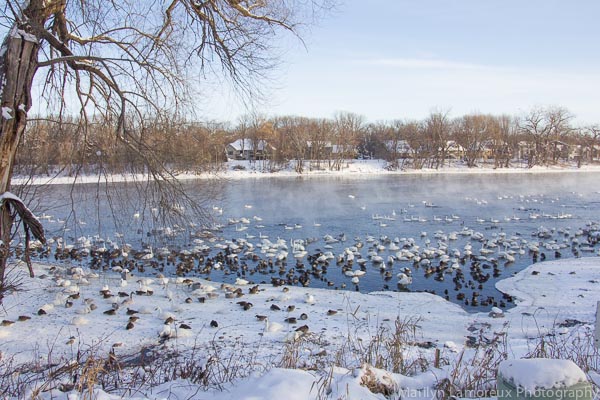
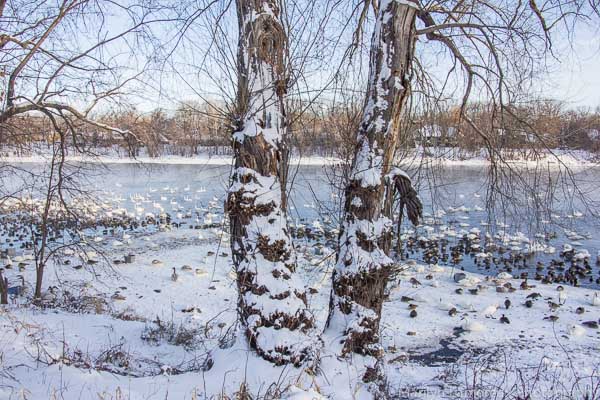
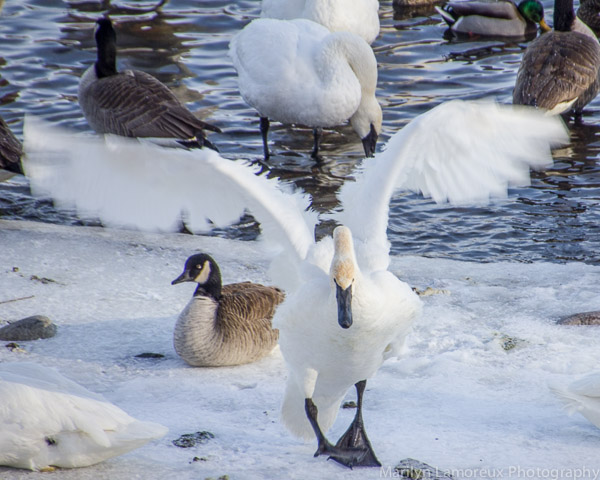
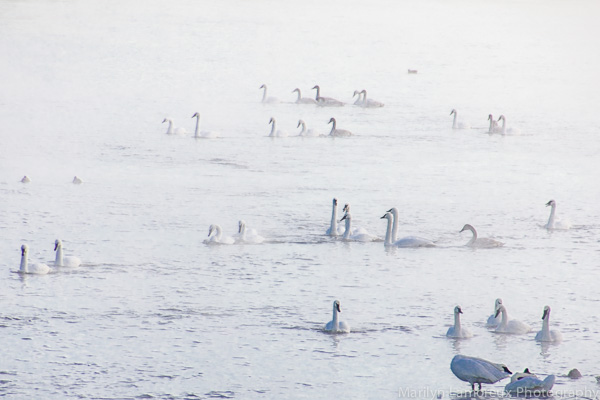
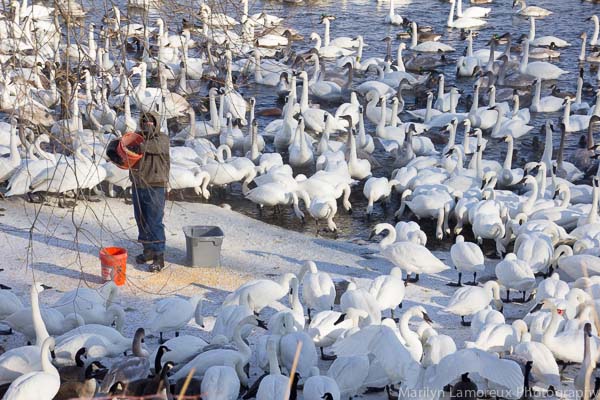

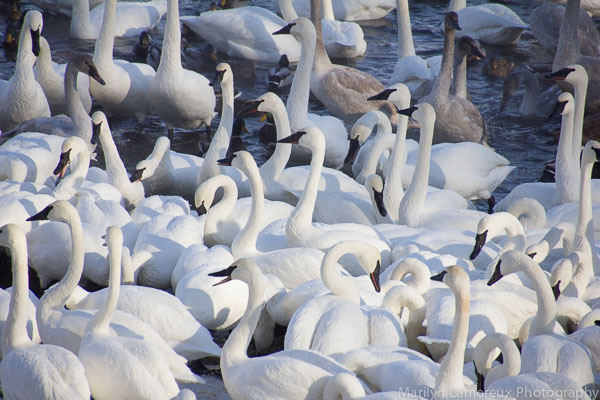
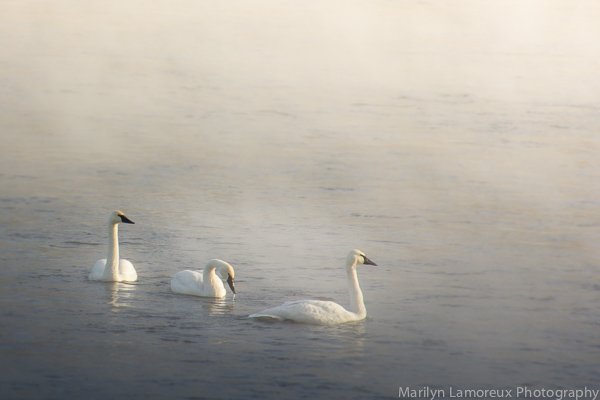
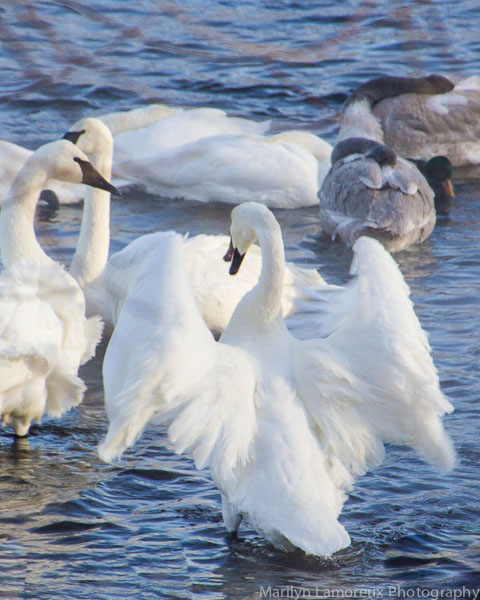
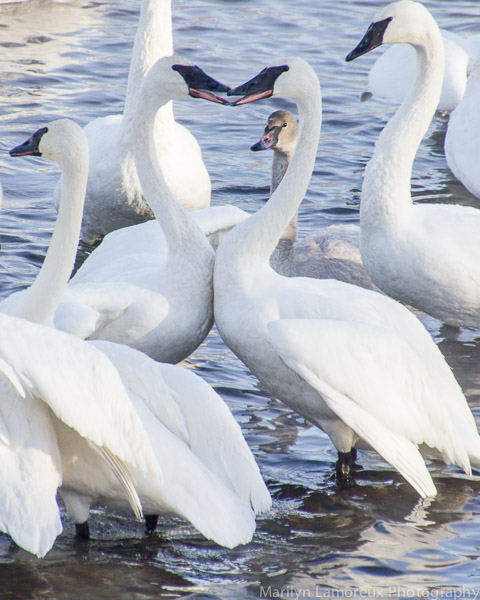
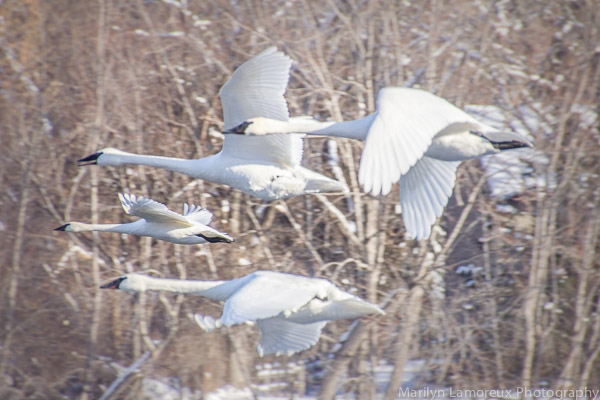
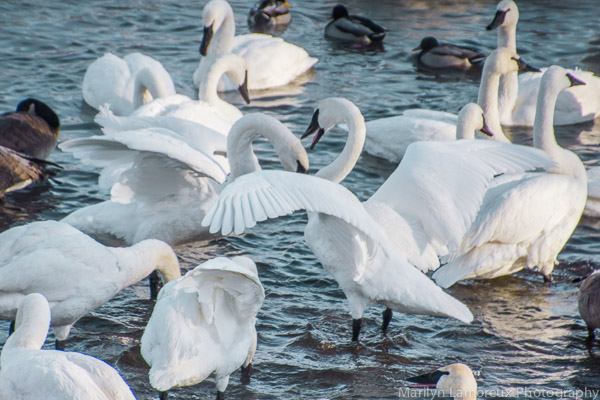

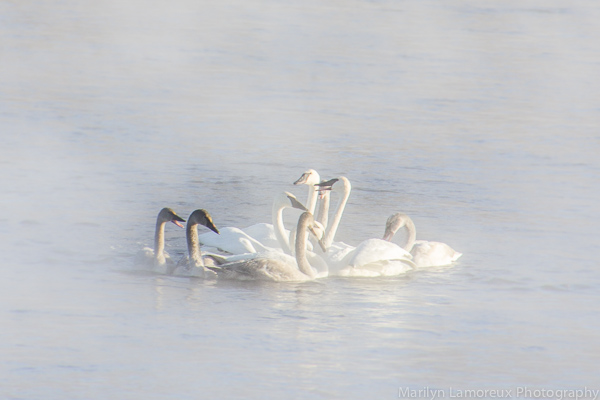
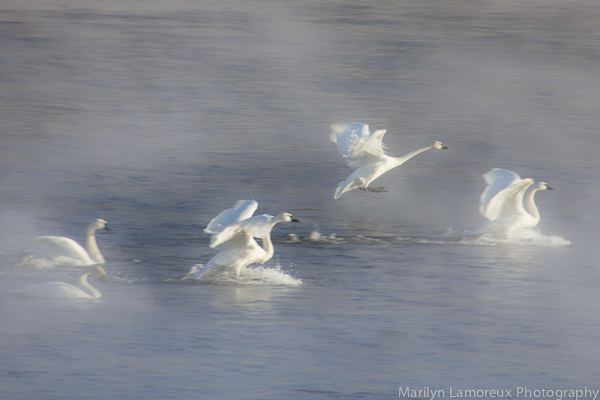
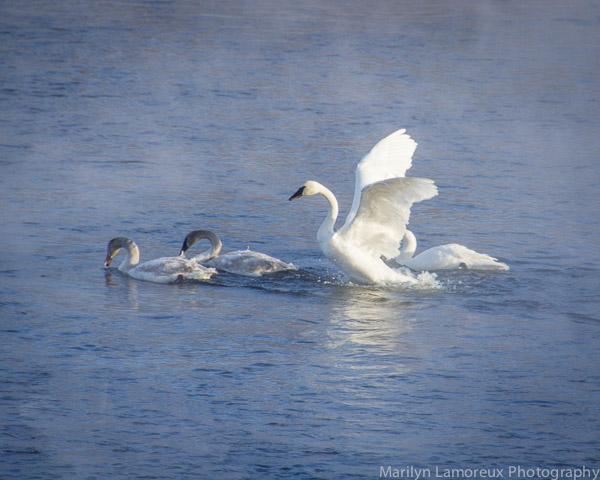
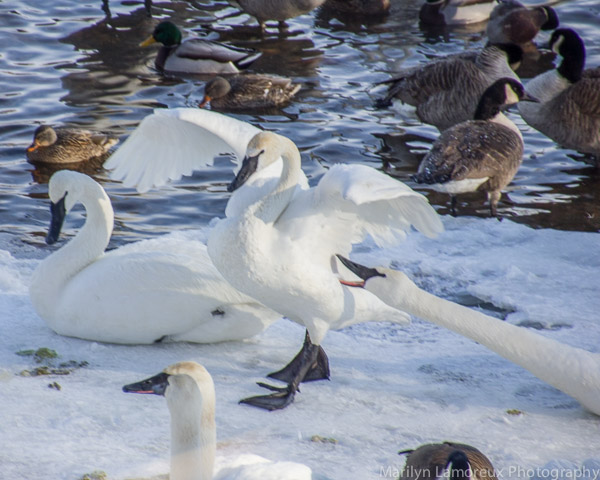
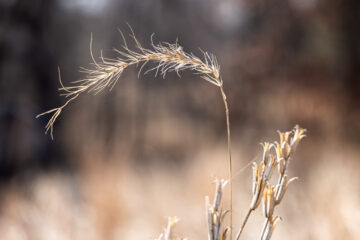
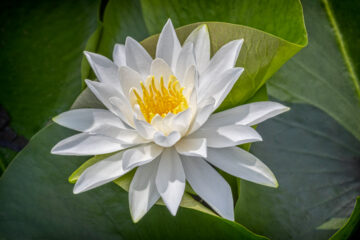

0 Comments